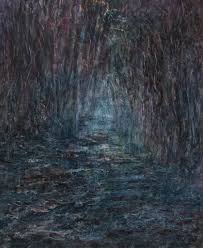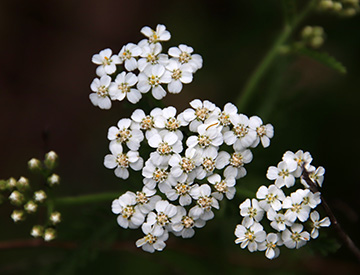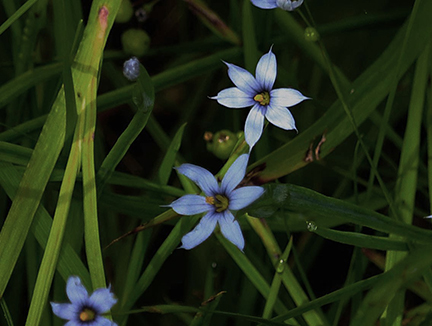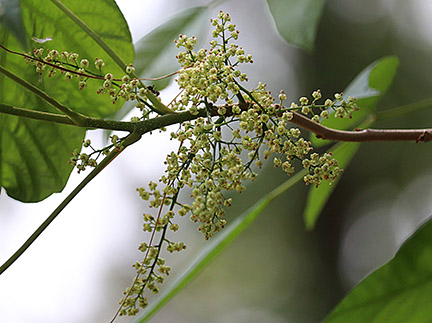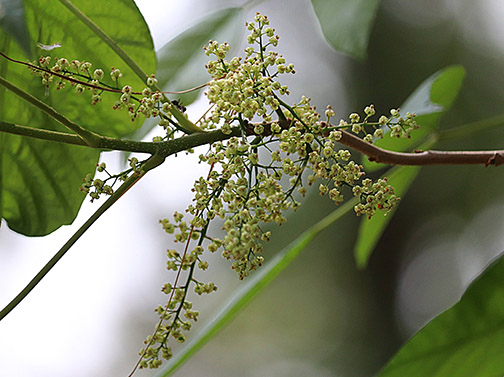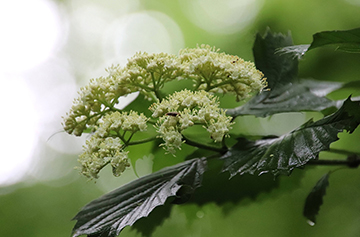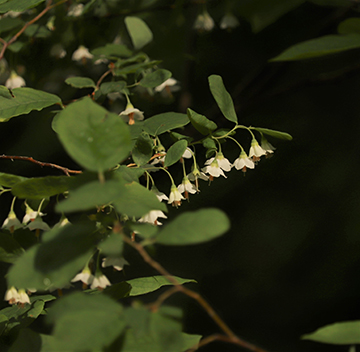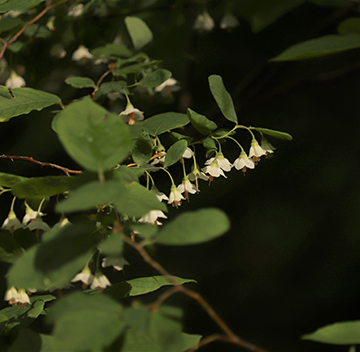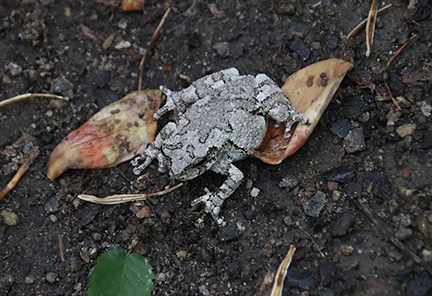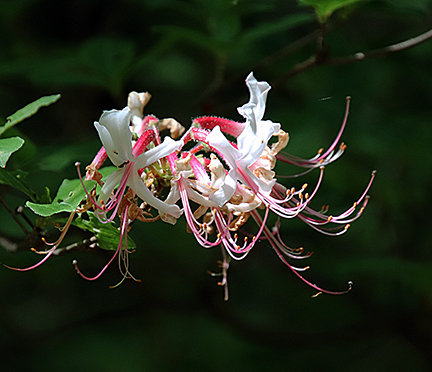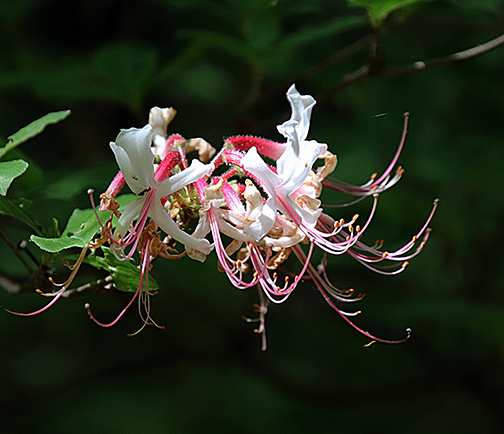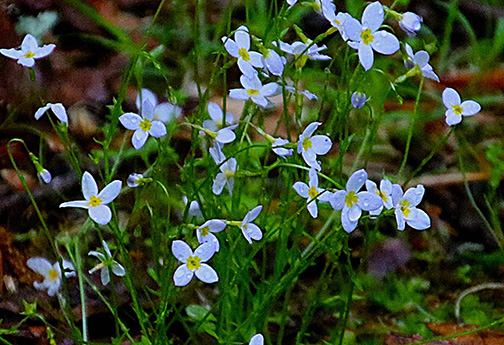Mixed-media artist Caryn Martin will be presenting her work in the solo exhibition Unanchored from July 1–August 29, 2025, at the Adkins Arboretum Gallery. The public is invited to a reception on Saturday, July 12, from 2–4 pm, with the artist in attendance. Martin’s works on panel, made from unused and repurposed artworks by the artist, as well as paper and acrylic paint, explore the transient and vulnerable elements of nature. The layered textures and shifting nuances in color seek to capture the momentary essence of these elements, such as water, fire, mist, and air. Martin’s practice employs diverse mediums, spanning from large-scale site-specific sculptural installations made from paper materials to monotypes. In her practice, the artist often uses the remnants of these monotypes to create new works, churning previous explorations into new forms. The artist approaches mark-making as a process rather than a gesture, changing the traditional structure of paper and pulp over time and in cumulation.
In her works on view at the Adkins Arboretum Gallery, Martin harkens to forces of nature, both soft and hard, nurturing and shaping – all of which can be observed just beyond the Arboretum’s Visitor Center. Martin states that her interest in dualities, whether found in weather patterns and shifting pressure or the very process she uses to create her works, drives her aesthetic and compositional decisions. The resulting pieces contain contrasting elements that draw the viewer in and invite a close look at the individual currents, which make up the composite whole. Martin’s subtly-percolating colors and forms represent interesting reprises to a wide variety of experiences in nature. The artist encourages us to think not only of serene moments that ground us but also the more complex reality of climate change and human and industrial impact.
Martin is a Baltimore-based artist, educator, and creative coach. She received her MFA and MAT degrees from Maryland Institute College of Art and her BA in Studio Art from University of Maryland College Park. Her work has been featured in solo and group exhibitions at Creative Alliance Baltimore, Kohl Gallery at Washington College, Delaplaine Arts Center, Institute of Contemporary Art Baltimore, Maryland Art Place, the Mitchell Gallery at St. John’s College, and others. She is represented by Catalyst Contemporary in Baltimore.
This exhibition is part of Adkins Arboretum’s ongoing series highlighting regional artists whose work engages with natural themes. The Arboretum is located at 12610 Eveland Road in Ridgely, Maryland. For gallery hours or more information, contact Adkins Arboretum at 410-634-2847, or visit adkinsarboretum.org. A 400-acre native garden and preserve, Adkins Arboretum provides exceptional experiences in nature to promote environmental stewardship.
